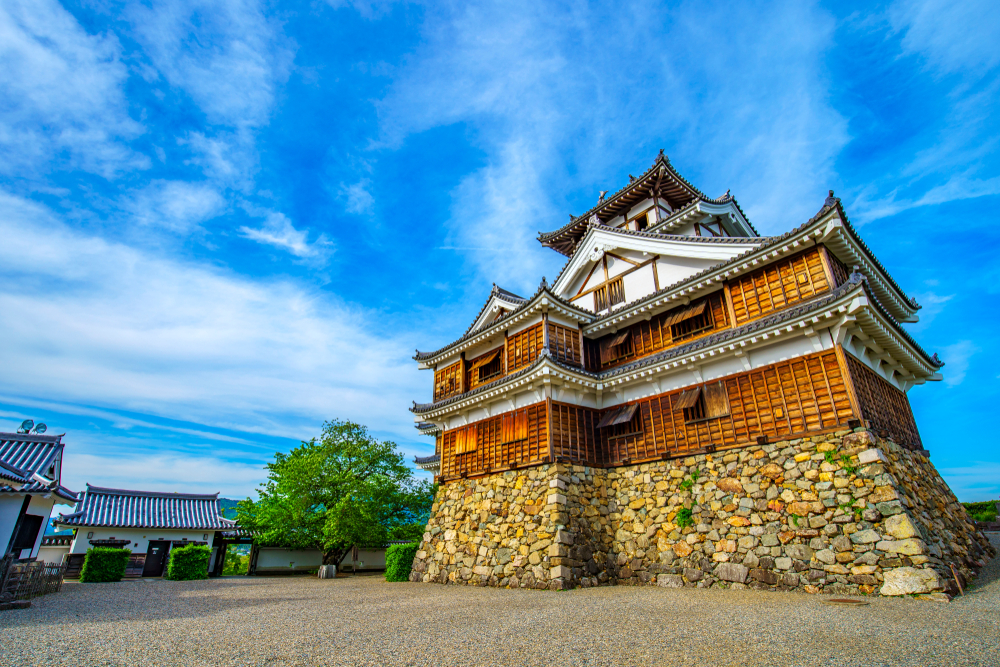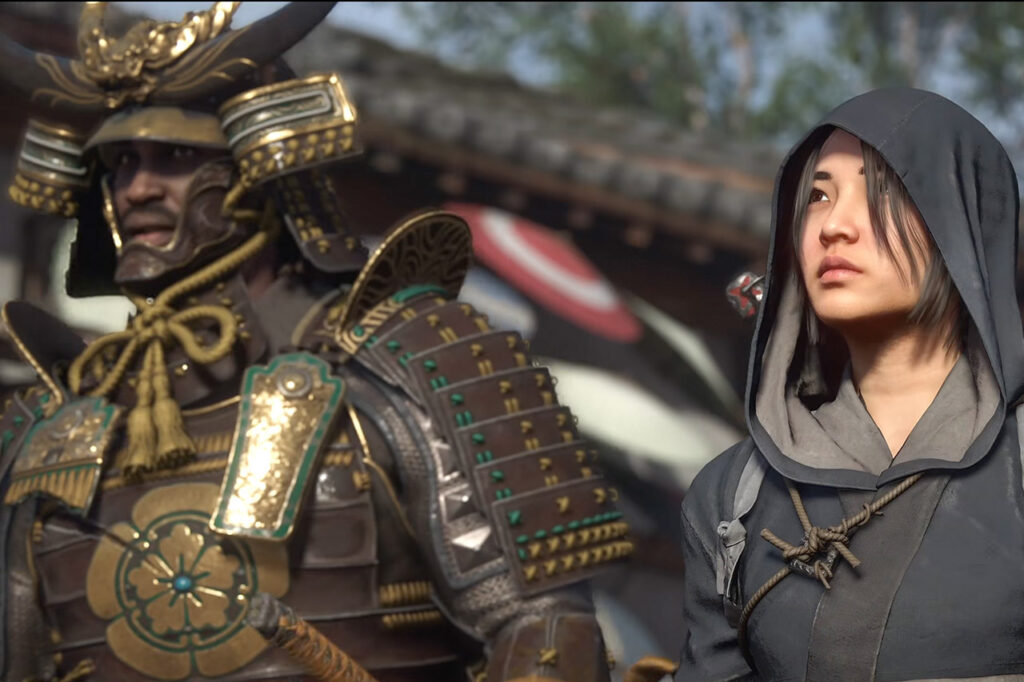Travel to Sengoku-era Japan in a video game
Feudal Japan in the 16th century was a land of shadow and honor, where warlords and warriors clashed for supremacy. It was a time of shifting alliances, foreign influence, and the rise of legendary figures whose stories continue to captivate the imagination.
During this time, Japan was undergoing profound transformations. The introduction of firearms from Portuguese traders changed the nature of warfare, while the arrival of Jesuit missionaries brought foreign philosophies and new conflicts.
Assassin’s Creed Shadows, invites players to immerse themselves in the turbulent and mesmerizing world of 16th-century Japan. At the centre of the game are two protagonists: Naoe, a peasant shinobi of the Iga province, and Yasuke, the fabled African samurai who served under Oda Nobunaga. Their journey is one of vengeance and discovery, a blend of stealth, action, and cultural immersion.
Naoe’s story is steeped in tragedy and revenge. A survivor of Nobunaga’s brutal assault on Iga, she embarks on a journey to destroy the Shinbakufu, a powerful secret society controlling Japan from behind the scenes. It is up to Naoe and Yasuke to uncover their hidden members and thwart their schemes. Gathering intelligence on them isn’t just a gameplay feature—it’s an art.
Naoe is an expert shinobi. She blends into the environment, eavesdropping on murmured conversations, deciphering ancient scrolls at Buddhist monasteries.
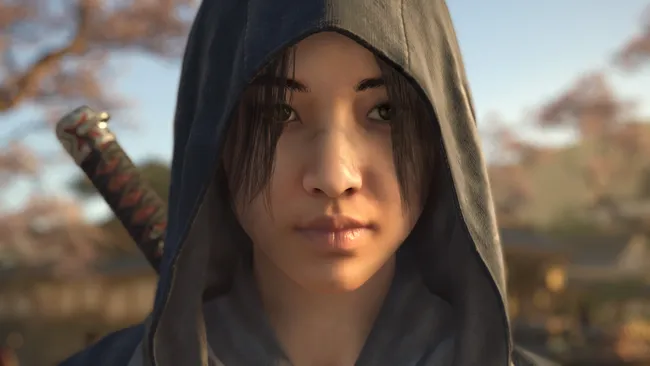
She can assassinate through shoji doors, or silently scale the tallest pagodas. Her agility is unmatched, allowing her to free-run across rooftops, scale castle walls with her grappling hook, and even breathe through a reed to stay hidden underwater.
A particularly compelling aspect of Assassin’s Creed Shadows is its inclusion of Yasuke, a real historical figure. The details of his origins remain elusive. Some historians suggest he was from Mozambique, possibly a Makua warrior, while others trace him to Sudan or Ethiopia. What is certain is that he arrived in Japan around 1579, brought by the Portuguese Jesuits who had a stronghold in Asia’s maritime trade.
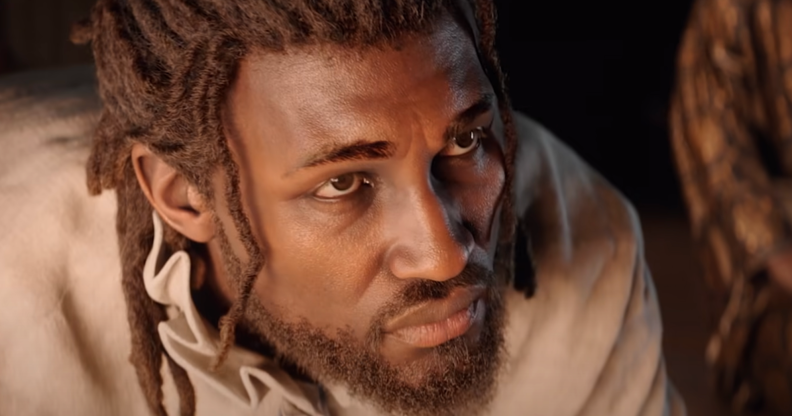
His sheer physicality—over six feet tall and rumored to possess immense strength—captivated Oda Nobunaga, the powerful daimyo with ambitions of unifying Japan. Nobunaga was not a man easily impressed. Yet Yasuke’s presence alone was enough to intrigue him. Upon seeing the African warrior, the warlord reportedly ordered his skin to be scrubbed, believing it was ink-stained rather than naturally dark. Once convinced, he made Yasuke his personal retainer, bestowing upon him an honor unheard of for a foreigner: samurai status.
To be a samurai was more than wielding a sword—it meant loyalty, mastery of martial arts, and an unwavering code of bushidō. Yasuke not only adapted but thrived. He rode alongside Nobunaga in battles, donned traditional armor, and learned Japanese.
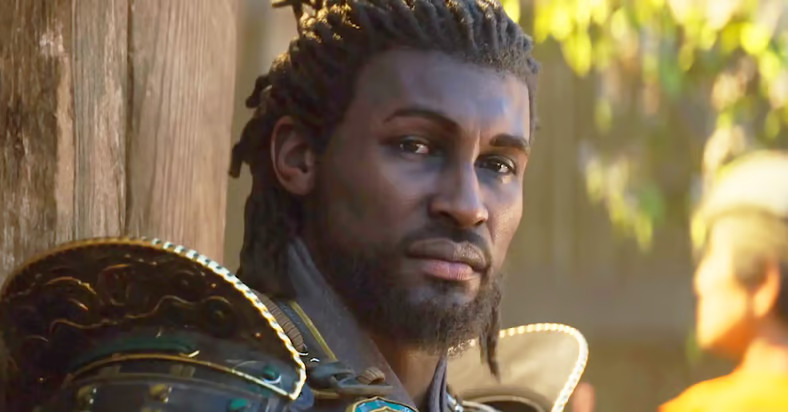
Yet, as swiftly as fate had elevated him, history took an unforgiving turn. In 1582, Nobunaga was betrayed by his own general, Akechi Mitsuhide. The warlord perished, and Yasuke was captured. Unlike the other samurai, who died through ritual suicide, he was spared—his foreignness rendering him an outsider to bushidō’s final demand.
In the game Yasuke’s arsenal is diverse, including the katana, the kanabō, and even the teppo rifle, a weapon introduced to Japan by Portuguese traders. Yasuke embodies brute force. Wielding heavy weapons like the kanabō, he engages enemies head-on, cleaving through armor with devastating strikes. His missions favor open combat and grand-scale battles, offering a stark contrast to Naoe’s silent approach.
The Fall and Rebirth: The ’80s and Beyond
By the early ’80s, the grand era of progressive rock was fading. Yes, Genesis, and King Crimson all adapted to the times—Genesis became a mainstream powerhouse under Phil Collins, Yes embraced slick, polished commercial sound with 90125 (1983), and King Crimson re-emerged with a more angular, new wave-inspired sound on Discipline (1981). Other bands, like ELP, struggled to stay relevant, while some, like Gentle Giant, faded into obscurity.
Yet, progressive rock persisted. In the late ’80s and early ’90s, a new generation of bands carried the legacy forward. Marillion carried the old-school prog ethos into the MTV era with albums like Misplaced Childhood (1985). Porcupine Tree, Opeth, and Steven Wilson would later take prog into darker, heavier, and more atmospheric realms.
Pink Floyd’s Last Word: The Division Bell
And then, in 1994, came The Division Bell, Pink Floyd’s last proper album and an unexpected final statement from one of prog rock’s defining bands. Gone was the tension that had fueled The Wall and The Final Cut. Instead, The Division Bell was spacious and reflective, its themes centered on communication and understanding.
The album’s closing track, High Hopes, stands as one of Pink Floyd’s most poignant songs. With its melancholic piano intro, soaring slide guitar, and introspective lyrics, High Hopes, evokes a journey through past memories, marked by both nostalgia and a sense of loss.
